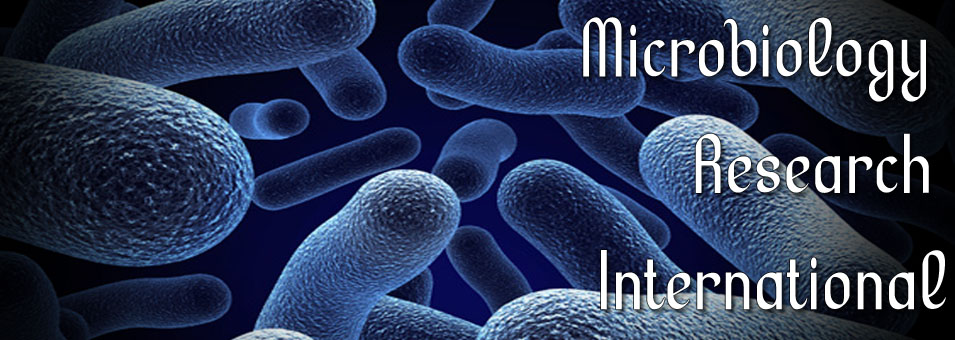Ethanol production from pulverised pawpaw peels with a consortia of microbes
Chioma Mary-Esther Ejigha, Lawrence O. Amadi and Nkechinyere A. C. OgbulekaMicrobiology Research International
Published: October 29 2024
Volume 12, Issue 4
Pages 138-146
Abstract
The global demand for sustainable and renewable energy sources has propelled research into bioethanol production from various biomass sources. This study investigates the production of ethanol from pawpaw (Carica papaya) peels using consortia of microbes. We collected and analysed soil and palm wine using standard microbiological techniques to isolate and identify microbes. Conventionally, organisms identified were Bacillus sp., Aspergillus sp. and Saccharomyces sp. The isolates were screened for key biochemical traits essential for ethanol production. The mould exhibited robust enzymatic activity through the production of amylase, which breaks down polysaccharide into fermentable sugars. The ethanol tolerance of the bacterium and fungi was assessed for viability and efficiency in fermentation. Pawpaw peels were collected, washed, dried and pulverised. The pulverised samples were thermally pre-treated and subjected to acid hydrolysis (10% of 0.2 M sulphuric acid) to breakdown the complex carbohydrates into fermentable sugars. The resulting hydrolysate was then subjected to fermentation with various microbial consortiums. The fermentation parameters were carefully controlled, with a 10 mL inoculum volume, pH of 5.5, temperature of 35 °C, and fermentation duration of four days. Results indicated that the highest ethanol concentration (15.2%) was achieved with the consortium of Saccharomyces cerevisiae, Bacillus subtilis, and Aspergillus niger, producing a significant ethanol concentration compared to the control and other microbial combinations. This study shows that the combination leveraged the synergistic effects of fungi and bacterium, enhancing the overall fermentation efficiency. These findings contribute to the growing body of knowledge on bioethanol production from agricultural waste and offer a promising pathway for sustainable energy development, thus fulfilling the Sustainable Development Goals (SDGs) seven. Integrating bioethanol production with existing agricultural practices could provide a dual benefit.
Keywords: Ethanol, pawpaw peels, microbial consortia, biofuel.
Full Text PDF
